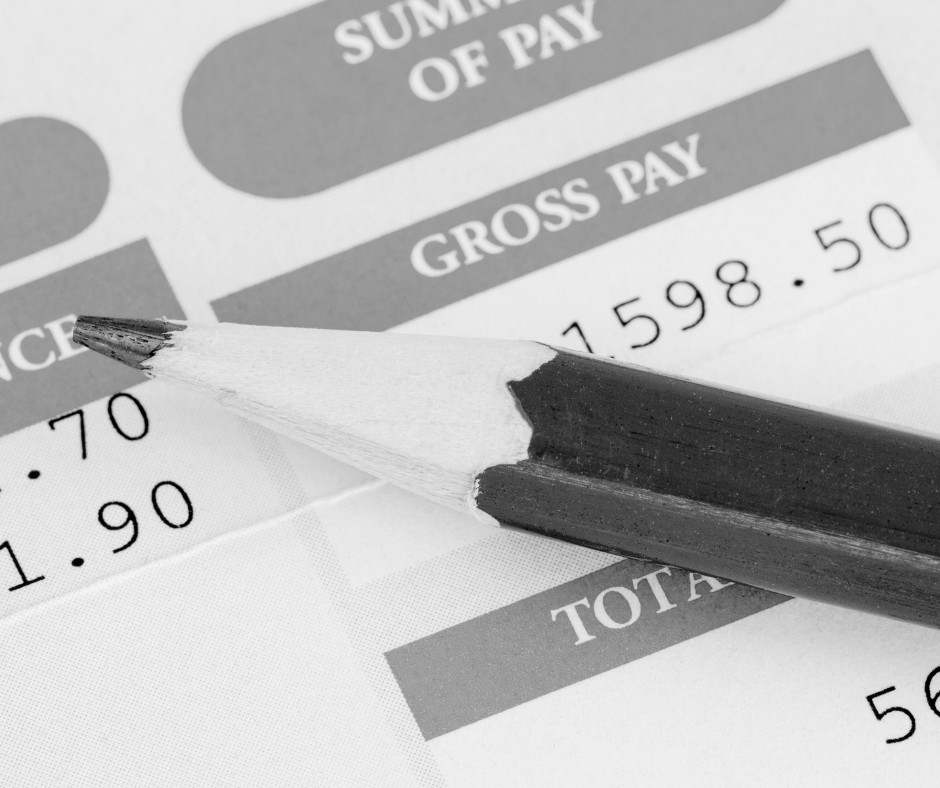With the late summer Bank Holiday almost upon us, we thought we’d share something we are often asked at Dovetail – how do you calculate holiday pay for staff who work variable or part-time hours?
Statutory Rights for bank holiday leave
Did you know there is no statutory right in the UK for your employees to have or take bank holidays off work, including those which are for religious reasons? The first thing we’d recommend is making sure you take the appropriate steps to get your bank holiday intentions set out in your contract of employment, there is a wealth of information on www.gov.uk for this or a reputable HR company can help refresh your contracts.
From a pay point of view however, it’s common (and often expected) that bank holidays are a right or if you have employees working on bank holidays, they are paid at a higher rate than their usual wage to compensate for this although again, there is no legal requirement to do so. Your intentions for this this should be stated in your employment contract although arguably, additional time off or time at a higher rate of pay can make an employee feel valued and appreciated. But how do you actually calculate the pay and entitlement to the bank holidays to ensure part time employees are no better or worse off than full time employees? The answer is actually refreshingly simple – you convert their holidays to a number of hours.
Hourly rate
By law, full time employees are entitled to a minimum of 28 days paid leave per annum and it is at your discretion as employer whether the 8 bank holiday days of these are included within these 28 days of paid leave. Indeed if you prefer, they could be in addition to these 28 days, as mentioned above ‘free’ days create additional and valuable rest days.
So, to ensure your part-time employees are treated fairly as your full-time employees, if you convert their pro rata annual leave into hours, they apply for leave for the bank holidays meaning they are no better or no worse off than a full-time employee? This example shows:
Employee works 5 days a week
28 days annual leave = 196 hours leave annually (based on a typical 7 hour working day).
= 196 hours annual leave entitlement
Employee works 4 days a week
28 days annual leave = 196 hours divided by 5 (days of a full time employee), times by 4 (days worked
= 156.8 hours annual leave entitlement.
Therefore if a part-time employee wishes to enjoy the benefit of being paid for the business being closed on a bank holiday day, they should book 7 hours leave through your usual leave system. This ensures not only are your part-time employees on a level basis to full-timers, it also means a person whose typical work pattern is say, Monday, Tuesday and Wednesday (when the majority of the bank holidays fall), is no better off than someone who works say Wednesday, Thursday and Friday.
However this also may mean that employees who typically work a Monday have less choice as to when they take their leave than those who don’t. It is up to you as employer to decide if you would like to be flexible in this regard and either allow them to swap some of the days and take the bank holidays as unpaid leave, or even ‘buy-back’ holidays to cover this.
Let us do the calculations
Essentially how you manage bank holidays as business owner is very much up to you and we would recommend you take specialist HR advice to ensure your contracts are fit for purpose and up to date, setting this out clearly so your team understand. We’re not HR experts however we are payroll experts so let us take the strain of calculations over for you and get in touch today to find out how we can make your life easier.
Call us on 01925 909160 or email [email protected]; Dovetail put you at the heart of everything we do.
#dbas #accountants #bookkeeping #warrington #cheshire #parttime #parttimestaff #payroll #payrollspecialists #localbusiness #sme #smallbusiness #wages
